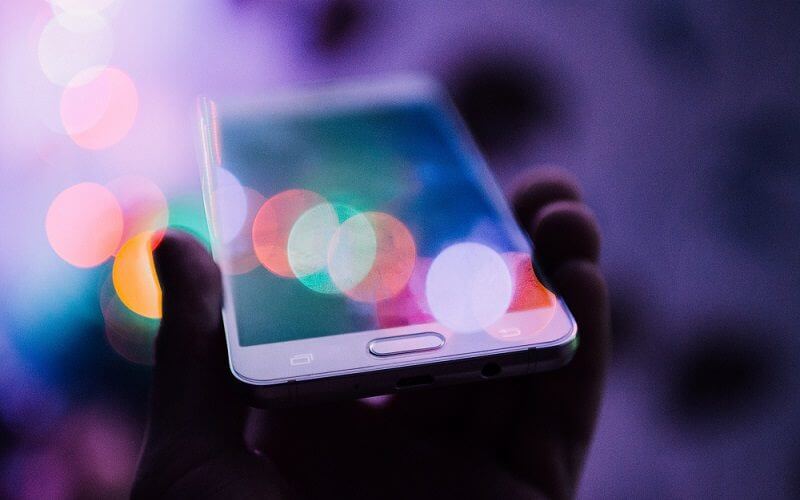Who doesn’t dread seeing the “Poor connection. This video will resume automatically when the connection improves” error message when chatting on FaceTime. Is my iPhone out to get me? It has an uncanny sense of knowing when to interrupt my conversation.
We are dependent on the speed of our internet connection. It sets the pace of our day. If it’s slow, you can’t get around it. If it’s down, productivity stops and you’re hobbled from doing much of anything. During my time in public accounting, we occasionally had to connect to the internet with a wireless aircard since our client didn’t want us on their WiFi and, boy, digital workpapers took forever to load at that snail’s pace.
And, many days, when the connection is slow, and you’re trying to get work done, you just have to accept that it isn’t going to happen. It makes me want to reenact the copier massacre scene from Office Space on my laptop.
I should warn you, however: Don’t complain too loud or someone older will bring up this sound from days gone by:
Well, maybe our current frustrations will be a thing of the past soon too.
5G is on the horizon
The fifth generation (5G) of wireless is in development, and it’s a race to market. Experts predict we will see the adoption of 5G technology sometime during 2019 or early 2020. I can’t wait for buffering to be a thing of the past.
If you’re not hip to the lingo, 5G is still just a sexy term for fast connection speed, without a real technical definition that the industry agrees upon. How fast? CNET reported:
The technology is expected to be 100 times faster than our current 4G LTE wireless technology and 10 times speedier than what Google Fiber offers through a physical connection to the home.
PCMag chimed in that:
The goal is to have far higher speeds available, and far higher capacity per sector, at far lower latency than 4G. The standards bodies involved are aiming at 20Gbps speeds and 1ms latency, at which point very interesting things begin to happen.
The enhancement in speed can generate new and innovative ways to conduct business. Auditors could host virtual walkthroughs if virtual reality videoconferencing had connection speeds to support it. We once thought FaceTime was crazy and high tech; with 3D videoconferencing, you’d feel like you are standing in your client’s office from hundreds of miles away. Maybe I’d still be in public accounting if we had that technology to skip all the travel.
The latency factor will play a huge role in the viability of self-driving cars. You really want your network to be reliable if your car is busy communicating with other cars, no matter how fast the connection speeds turn out to be. Travel to and from a client’s office could get a lot more productive. Simply pick your destination and press go! You could tick-and-tie while on the commute and rack up some billable hours. Turn lost commute time into something worthwhile again.
Be wary of false advertising
Just as “organic” is a term everyone has adopted to greenwash the marketplace, “5G” has a similar reputation. Much of the current 5G advertising is a souped up 4G LTE network. Here’s an example from the PCMag article:
AT&T recently announced its “5G Evolution” network, which isn’t 5G. It’s AT&T’s brand for gigabit LTE, the latest incremental advance in 4G LTE, which all major US carriers plan to roll out this year.
Time to save up for a new phone with 5G technology
To access this panacea to end all our connection speed headaches, you would need to buy a new phone, and many will play up on the phone’s ability to stream virtual reality content. Back to PCMag:
This is in line with Qualcomm’s 5G modem family announcements. The big chipmaker said that its Snapdragon mobile platform will support 5G in 2019. Snapdragon chips are the most popular platform for US smartphones, so you’re likely to see 5G, VR-capable smartphones in 2019.
Unfortunately, there will be a lag when it comes to office technology and phones provisioned by firms. My advice is not to get antsy and just connect your personal device. I wrote about my horror story with bring your own device (BYOD) about a year ago, and I don’t think it’s any less painful now when you make the decision to jump ship.
While we have a year or two to wait, it’s enough incentive to hold off on buying an iPhone 7 or 8. That is unless you drop it in the toilet.
Image: Unsplash.com



